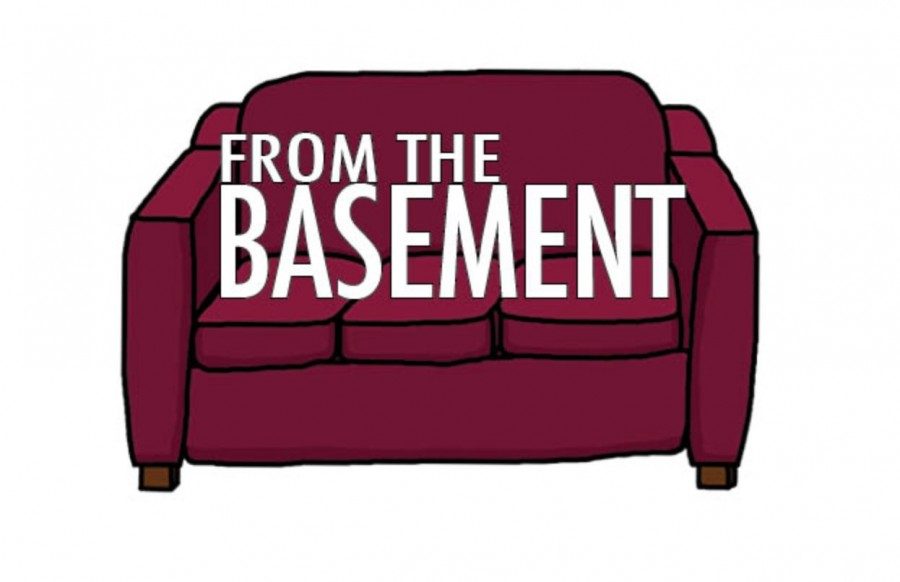From the basement: New March Madness unveiling process is an unnecessary attention grab
Tulane men’s basketball’s 5-23 record (2-14 American Athletic Conference) means it will not be one of the teams selected to participate in March Madness this year. Even if the team improves significantly in the offseason, it will most likely not be selected next year either.
That does not change the fact that the new March Madness bracket unveiling process may one day impact the Green Wave, especially if the early bracket unveiling spreads to women’s basketball. Tulane women’s basketball has had decades of continuous success and will almost certainly make the women’s bracket this year. The fact that Tulane may one day be impacted is not a good thing.
On Feb. 11, the NCAA March Madness selection committee did its best College Football Playoff (CFP) impersonation and unveiled the top 16 seeds of the tournament as if the season had ended at that point. The change is clearly an attempt to drive up interest in March Madness before the tournament begins in earnest and to compete with the new CFP structure in which teams are ranked week to week as the season progresses.
The problem is that the new system dilutes the process and alters a big part of what makes March Madness so special. Watching an entire season of intense games with underdog stories and heartbreaking upsets used to build up until the final moment before the brackets were revealed.
Simply put, the early unveiling of the top 16 seeds is an unnecessary attention grab.
“No question this is an opportunity to get more exposure,” Jim Haney, executive director of the National Association of Basketball Coaches, said in a Los Angeles Times interview. “Our hope is to add excitement to the month before the tournament.”
But how much more excitement does the tournament really need?
Just two years ago, in 2015, March Madness had its best TV ratings in 22 years. According to the Nielson ratings, each game averaged 11.3 million viewers, and the national championship game between Duke and Wisconsin averaged 28.3 million.
While the 2016 national championship took a step back and peaked at 22.3 million viewers, it still had an impressive turnout. More importantly, the dip in viewership for one national championship game should not generate the unnecessary reaction from the selection committee that we have seen.
The new unveiling system has also left some people questioning the validity of the rankings.
“I’m not saying it’s a bad thing, I’m just saying it doesn’t mean anything,” University of Southern California head mens basketball coach Andy Enfield said in a Los Angeles Times interview. “People come out with mock brackets all the time. You look online, every website has a mock bracket right now.”
Perhaps instead of trying to manufacture excitement that will come on Selection Sunday regardless, the March Madness selection committee should leave the mock brackets to blogs and anonymous twitter accounts.
Your donation will support the student journalists of Tulane University. Your contribution will allow us to purchase equipment and cover our annual website hosting costs.




Leave a Comment